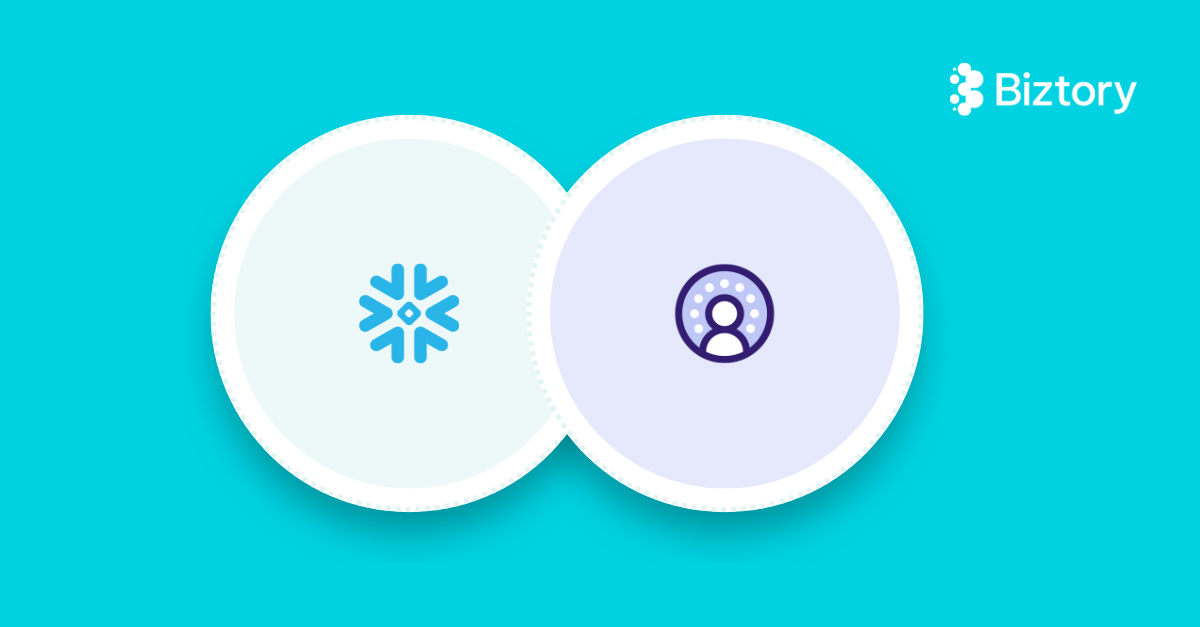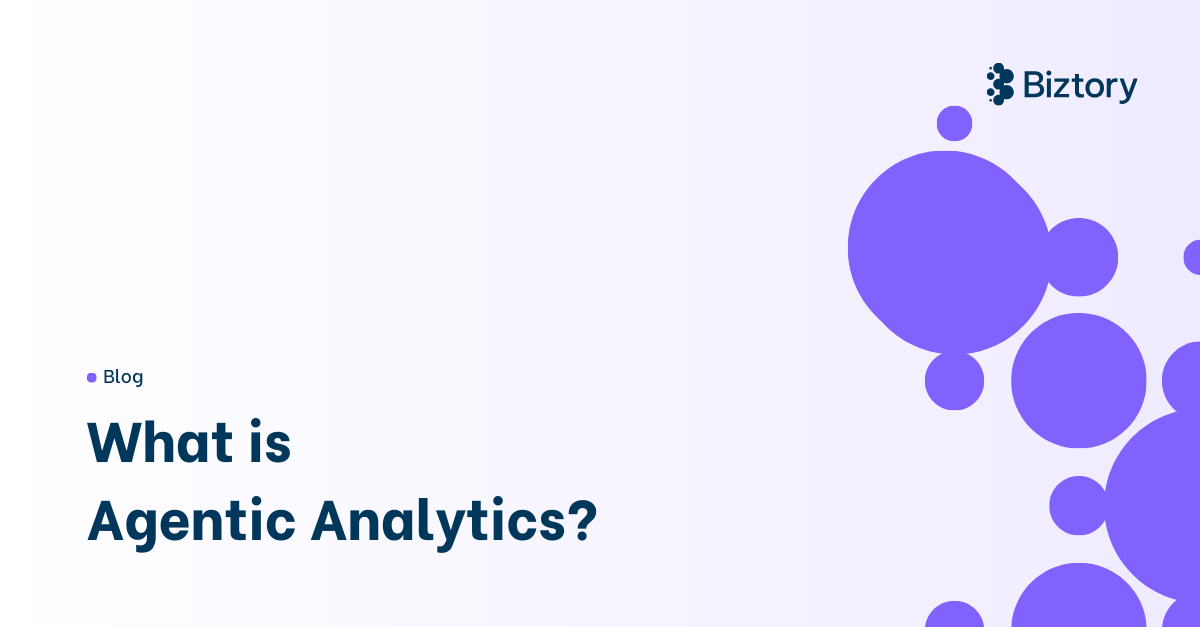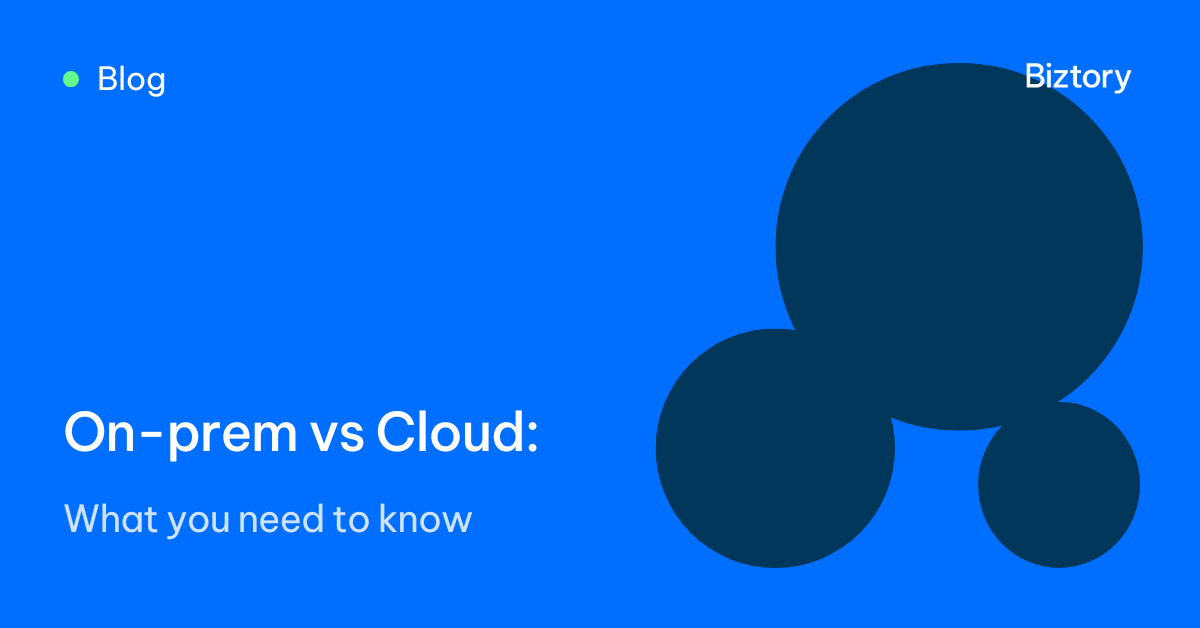1. Snowflake vs Salesforce Data Cloud: Understanding the core differences
To fully appreciate how these platforms work together, it's important to first understand what each is designed to do in their own right.
1.1 Snowflake: The Data Warehouse Powerhouse
Snowflake is a cloud-based data warehouse built for storing, managing, and analyzing massive amounts of structured and semi-structured data. It is optimized for scalability, performance, governance and cost efficiency, making it an excellent choice for organizations needing a centralized data platform for analytics, data science and business intelligence. If you’re completely new to Snowflake, you can get a head start and read more about Snowflake here.
Snowflake: Key strengths & benefits
Scalability & Performance: Snowflake automatically scales compute and storage resources based on demand, ensuring cost efficiency and performance even under heavy workloads. Multiple virtual warehouses allow for tailored workloads with isolated compute. Fast, flexible and scalable for all your data.
Multi-Cloud Architecture: Operates seamlessly across AWS, Azure, and Google Cloud, providing complete flexibility across cloud providers.
Data Sharing: Snowflake Marketplace provides access to thousands of curated external datasets that can enrich internal analysis. One example can be demographic data, open-source datasets readily available at your fingertips.
Advanced Analytics and AI/ML: Snowflake supports powerful analytical queries and machine learning through tools like Snowpark and Snowflake Cortex, enabling data scientists to work in Python, SQL, or Java. Snowpark allows models to run where the data lives, reducing latency and complexity for data science workflows. To read more on the extensive features for AI/ML you can head over here.
Data Governance & Security: Built-in features like row-level security, object tagging, masking policies make Snowflake a robust platform for compliance and data stewardship.
Multi language support: Snowflake enables the user to leverage the preferred language for the task in hand, be this structured query language (SQL), Python or Java for example. With highly customizable options for the user to feel empowered by the platform and able to create those deep learning and engineering solutions without blockers.
1.2 Salesforce Data Cloud: The Real-Time Customer Data Platform
Salesforce Data Cloud is a Customer Data Platform designed to unify customer data from multiple sources in real time, providing a single customer profile. This is done by mapping data from multiple and various sources to the Data Cloud standard model (Customer 360 Data Model), enabling smarter and faster engagements across the Salesforce ecosystem. It powers personalized experiences by activating data within Salesforce Sales, Service, and Marketing Clouds. To read more about this, please head over here.
Key Strengths of Salesforce Data Cloud:
Real-Time Data Unification: Consolidates data from various channels for a single source of customer truth, refreshed in real time.
Identity Resolution: Salesforce uses AI and machine learning to match disparate customer records without manual intervention. A process that can otherwise be complex and time consuming.
AI-Powered Insights: Salesforce leverages AI solutions such as Einstein AI and Agentforce which leverage predictive, generative AI and large language models, making it possible to handle intricate engagements with assistance allowing you to have more time and focus on the complex cases. With the coming of Agentforce, personalization for events and automation really is working smarter not harder. To read more on these features you can head over here.
Low-Code Empowerment: The drag-and-drop environment enables non-technical users to orchestrate complex workflows, accelerating time to value and reducing reliance on developers.
Deep Salesforce Integration: Enables real-time personalization across all Salesforce Clouds; Sales, Service, Marketing without leaving the platform.
2. When to use Snowflake vs Salesforce Data Cloud
Organizations often struggle with deciding where to store and analyze their data. The key takeaway? It’s not an either-or decision. Here’s how to determine which platform to use for different use cases.
2.1 When to Use Snowflake
Snowflake is ideal when your objective is to create a centralized repository for all organizational data, beyond just customer-related information. As a highly scalable and flexible cloud data platform, it can ingest structured and semi-structured data from diverse sources and unify it for enterprise-wide analytics. Snowflake supports advanced data engineering, machine learning, and business intelligence initiatives, making it especially suitable for financial reporting, operations, forecasting, and AI/ML-driven insights. Its architecture is designed for long-term data storage and cost-effective compute, which is essential for organizations needing to retain historical data and have flexible modeling capabilities. If your goal is to have a centralized data warehouse that will grow when your business grows dynamically and flexibly, Snowflake excels.
2.2 When to Use Salesforce Data Cloud
On the other hand, Salesforce Data Cloud is optimized for real-time customer engagement. It unifies customer data from various sources, resolves identities automatically, and enables a 360 customer view, all of which are essential for teams working within Salesforce Sales, Service, or Marketing Clouds. With powerful AI tools like Einstein and Agentforce, Salesforce Data Cloud helps automate personalized engagement at scale, such as real-time content delivery. It excels in marketing automation, segmentation, and personalization, all within a low-code environment that empowers teams to act on insights without relying on a data engineer. If your goal is to deliver real-time, contextually relevant customer experiences within the Salesforce ecosystem, Data Cloud shines.
3. How Snowflake and Salesforce Data Cloud Work Together
Many achieve great value by using Snowflake and Salesforce Data Cloud together in a unified data strategy. Snowflake serves as the foundation for centralized, secure, and scalable data storage, providing the compute power and governance needed to process large volumes of raw data and generate complex insights. These insights such as churn or customer lifetime value can then be shared directly with Salesforce Data Cloud, where they are activated in real time across customer-facing applications. This integration allows teams to maintain a high standard of data quality and control in Snowflake while also delivering timely, actionable insights through Salesforce.
The technical synergy between the two platforms also brings operational efficiency. Snowflake’s zero-copy data sharing allows relevant datasets to be exposed directly to Salesforce without duplication, ensuring consistent and up-to-date data across platforms. This not only improves performance but also reduces storage costs and avoids data governance issues. Meanwhile, Salesforce Data Cloud makes use of these insights to enrich customer profiles, powering marketing journeys and strategies. The ability to pull in external data from the Snowflake Marketplace can further enhance Salesforce’s targeting and segmentation capabilities, creating a closed-loop system where intelligence and execution reinforce each other.
A typical workflow might begin with Snowflake ingesting data from internal systems, marketing platforms, and third-party providers. Once in Snowflake, this data is cleaned, joined, and modeled using structured query language (SQL) or Snowpark with Python. Data teams can run advanced machine learning models to derive insights, such as customer segments. These enriched datasets can then be securely shared with Salesforce Data Cloud, where Einstein AI can apply them to trigger dynamic content, support Agentforce Agents and recommend actions to your team. This setup allows organizations to maintain the integrity and flexibility of Snowflake’s data operations while enabling real-time personalization and activation within the Salesforce ecosystem.
Rather than viewing Snowflake and Salesforce Data Cloud as competing solutions, we should see them as complementary tools within a unified data strategy. Snowflake offers a scalable, secure environment for storing and analyzing enterprise-wide data, while Salesforce Data Cloud excels at activating customer insights in real time across sales, service, and marketing.
Used together, these platforms help organizations turn raw data into meaningful action, combining the power of deep analytics with the immediacy of customer engagement. With clear roles, seamless integration, and secure data sharing, they support smarter decision-making, better customer experiences, and more efficient operations.


